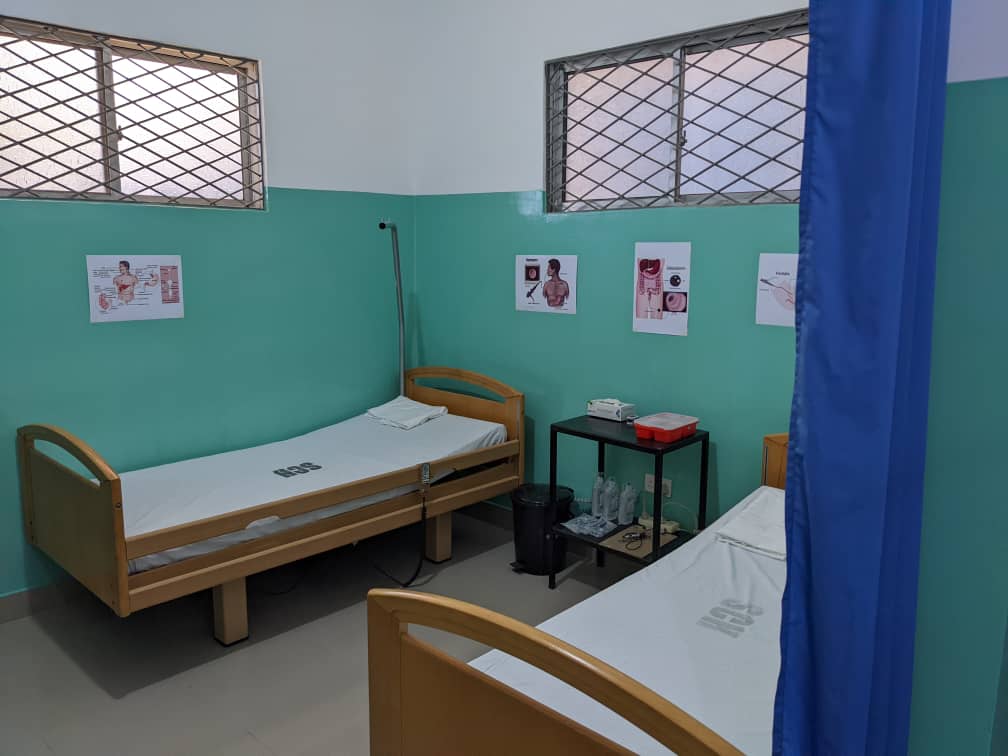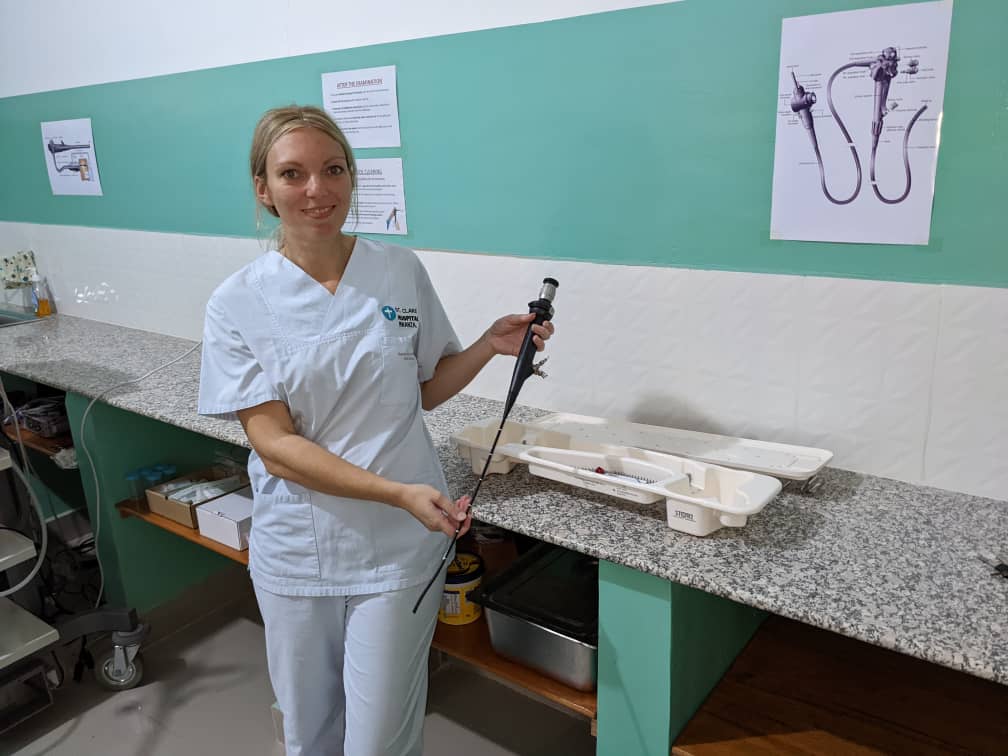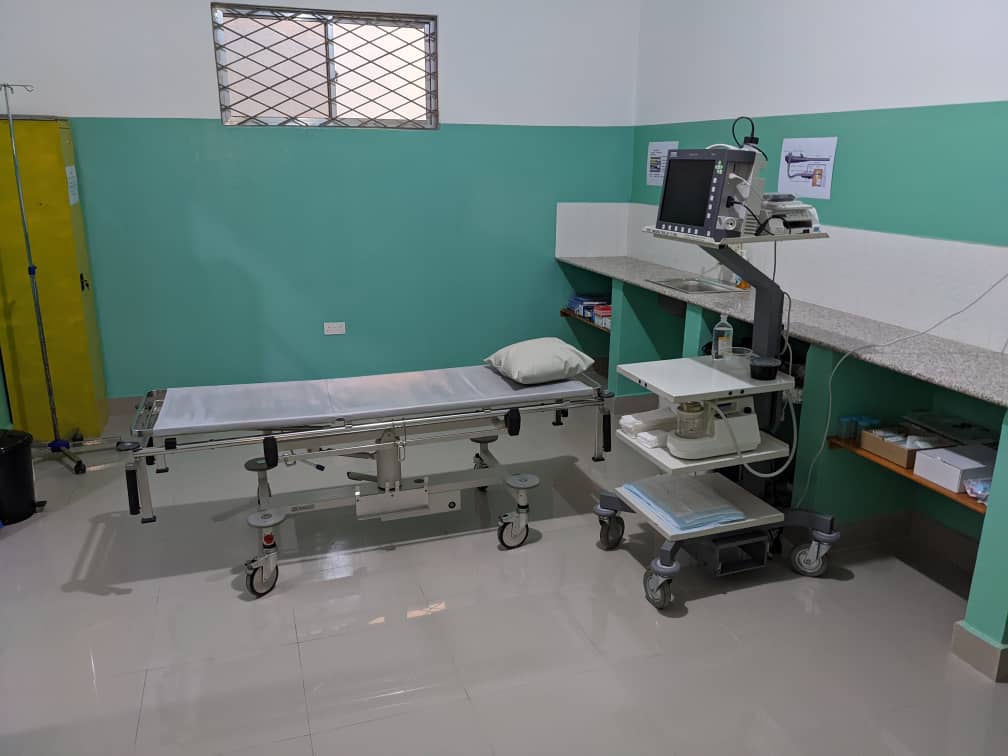Endoscopy
Endoscopy is a medical procedure that allows a doctor to inspect and observe the inside of the body without performing major surgery – by using an endoscope; this is a long, usually flexible tube which is conducting the optical picture – with a lens at one end and a video camera or the human eye of the investigator at the other end. The endoscope is inserted through one of the body’s natural openings, such as the mouth, the urethral orifice or the anus.
Getting an endoscopy can sound like an uncomfortable experience, but it’s a normal, generally painless procedure that can help identify gastrointestinal and urological issues, such as trauma, ulcers, inflammation, malformations and tumors. It is more effective than medical imaging at detecting the mentioned pathologies, and is more reliable for identifying cancer with punch-biopsies and histological laboratory examination. Compared with the stress experienced by the body in a full surgical procedure, an endoscopy is simple, low risk and cost effective.
We offer three types of endoscopies:
Gastroscopy
A Gastroscopy is a procedure that allows a specialist to examine the lining of the upper part of the gastrointestinal tract, which includes the esophagus, stomach and duodenum (upper section of the small intestine). This is performed using a narrow, flexible tube called a gastroscope, which has a light and a camera in the tip that captures images of your upper gastrointestinal tract to evaluate symptoms such as:
- Upper abdominal pain, nausea, vomiting or swallowing difficulties
- Unexplained anemia
- To detect inflammation, ulcers and tumors of the esophagus, stomach and duodenum
- To find the cause of bleeding from the upper gastrointestinal tract
- To obtain tissue specimen for biopsy commonly to test for helicobacter pylori
Colonoscopy
A colonoscopy is a procedure that is done to examine the inside of your large intestine (colon and rectum). The examination uses an instrument called a colonoscope. The colonoscope consists of a long, firm and flexible plastic tube with a tiny digital camera and light at one end. A colonoscopy can be used to look for:
- Inflammation and ulcers
- To help diagnose symptoms such as unexplained diarrhea, abdominal pain or blood in the stool
- Colon polyps or bowel cancer (early cancers and polyps can be removed at the same time)
Cystoscopy
During a cystoscopy, a urinary tract specialist (urologist) uses a cystoscope to view the inside of the bladder and urethra. Doctors use cystoscopy to diagnose and treat urinary tract problems.
These problems include:
- Bladder cancer
- Bladder control issues
- Enlarged prostates and
- Urinary tract infections



